THE ALPS
THE DEATH OF ICE



The Alps has more than 5,000 glaciers, which not only give the region its majestic beauty but are also vital to its economy and people. Glaciers form over thousands of years, with snow freezing on the mountain top and being compacted into enormous masses of ice, which slowly move downhill.
This story is part of CGTN Europe's series The Alps: Timeless and changing
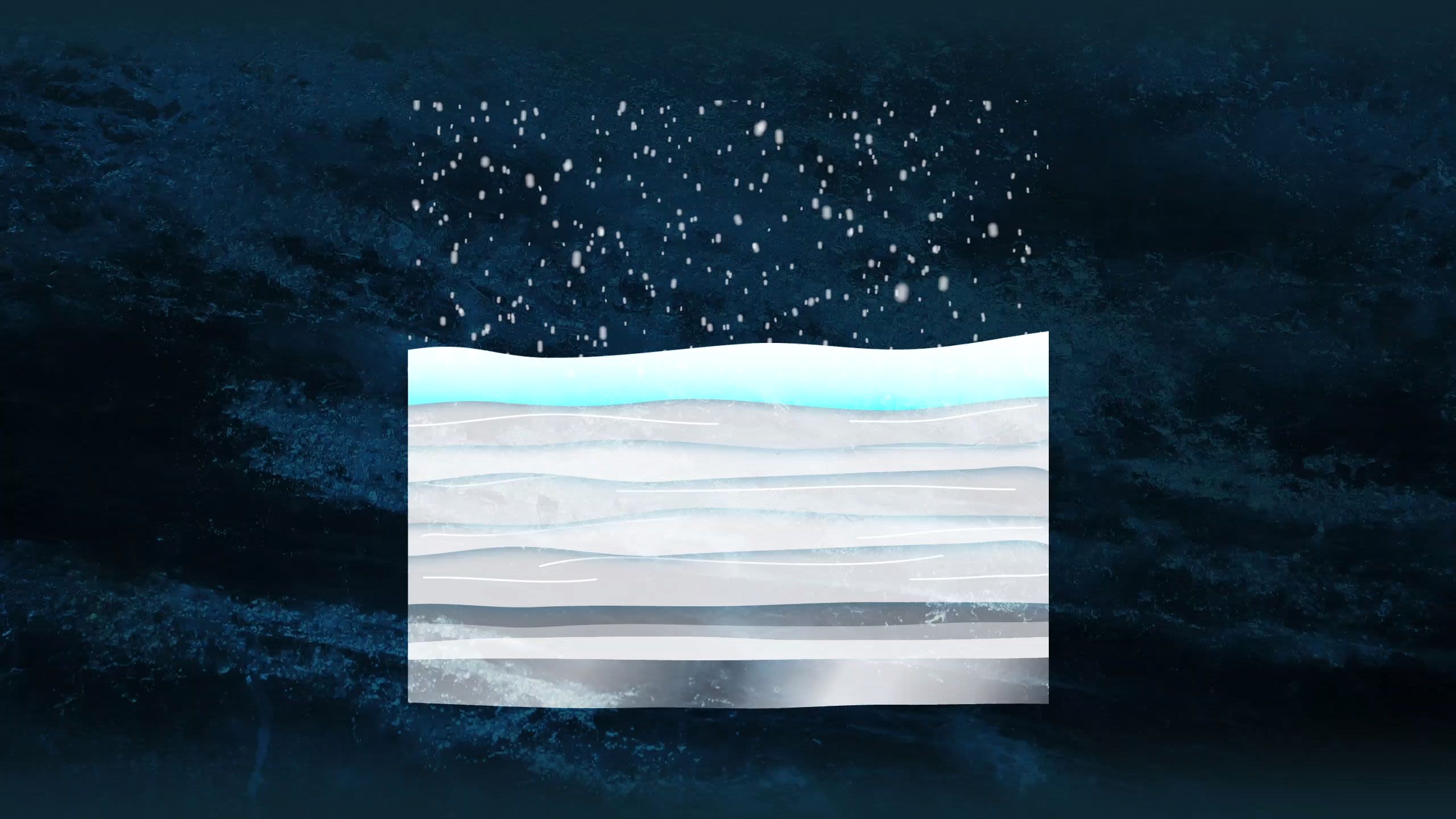
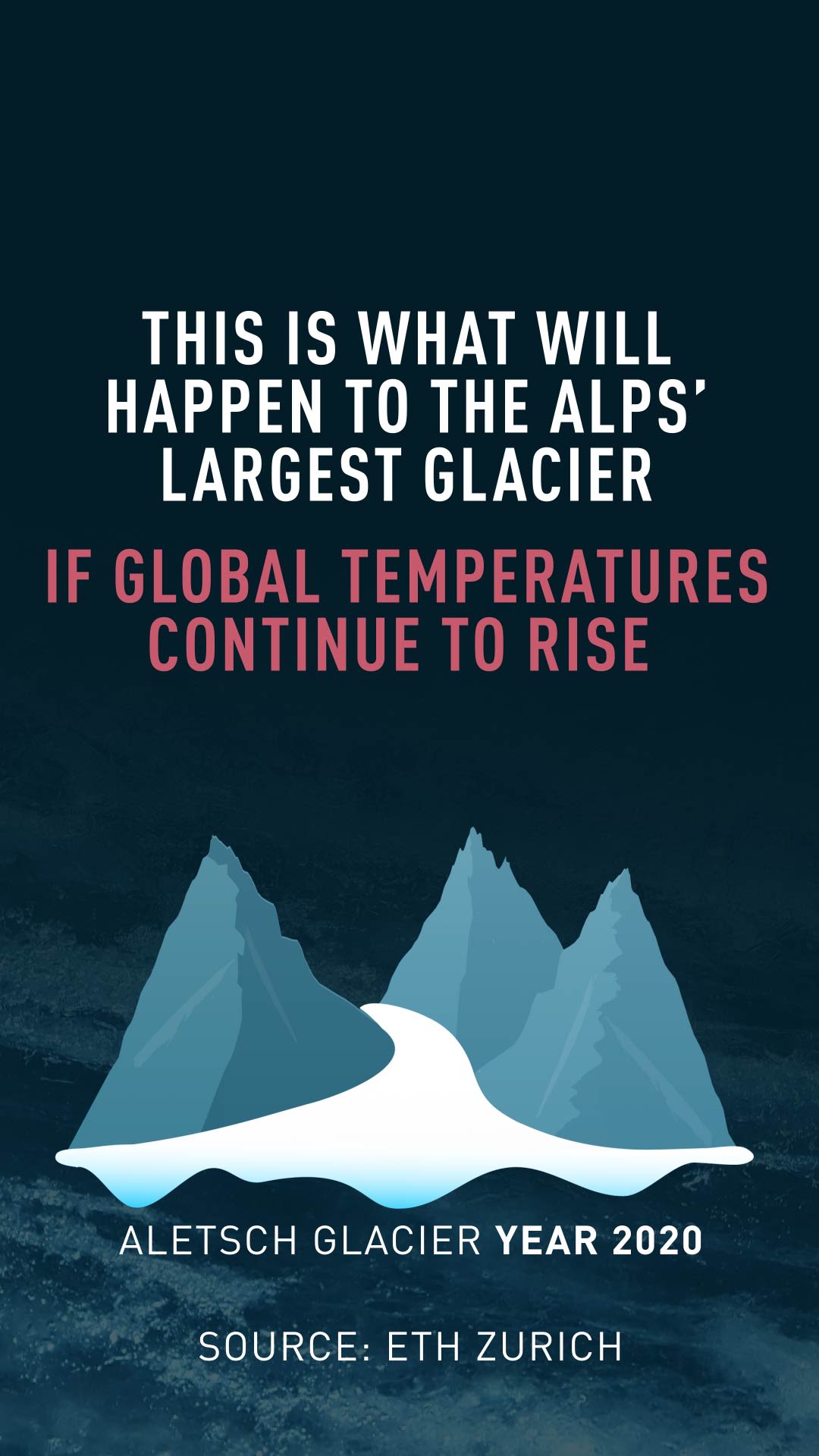
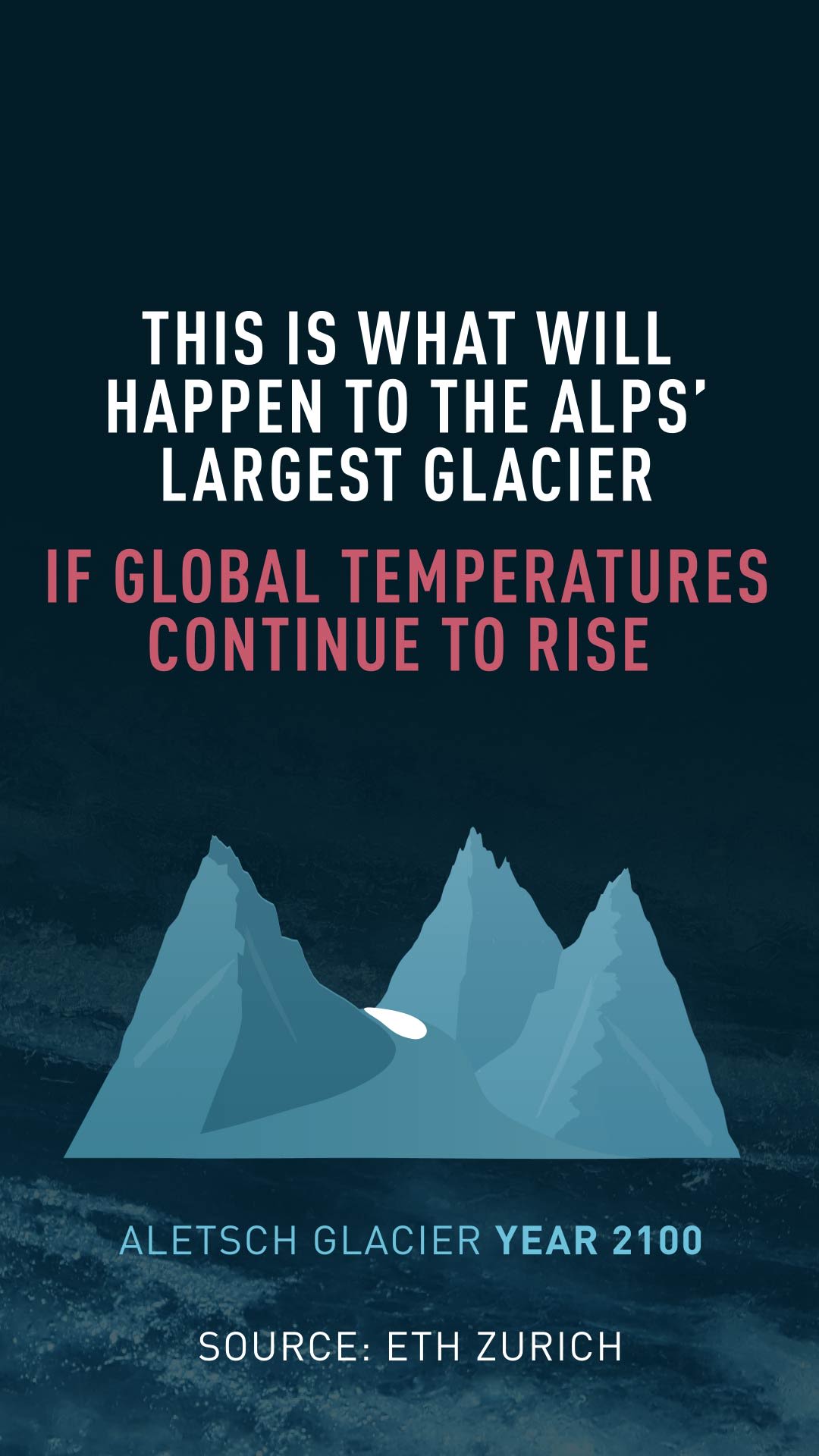
The Alps are particularly susceptible to climate change because the global warming effect is more pronounced over land masses than over water. While the world as a whole has increased in temperature by around 0.74 degrees Celsius, the Alps region has experienced a marked increase of around 2 degrees Celsius – which means glaciers form more slowly and melt more quickly, leading to shrinkage.
Even if you do not live in an area that will be directly affected by melting glaciers, they are important because they help prevent global warming due to what scientists call the "feedback effect." Glaciers reflect solar energy like a mirror from the planet's surface – so as their surface area shrinks, they reflect back less of the sun's rays and the planet heats up faster for everyone.
Alpine glaciers have significantly shrunk in recent decades. Glaciologists at Zurich's Federal Institute of Technology have predicted that half the Alpine glaciers' mass will be gone by 2050 – and that by the end of this century, almost all the glaciers will have disappeared.
The Alps are particularly susceptible to climate change because the global warming effect is more pronounced over land masses than over water. While the world as a whole has increased in temperature by around 0.74 degrees Celsius, the Alps region has experienced a marked increase of around 2 degrees Celsius – which means glaciers form more slowly and melt more quickly, leading to shrinkage.
Even if you do not live in an area that will be directly affected by melting glaciers, they are important because they help prevent global warming due to what scientists call the "feedback effect." Glaciers reflect solar energy like a mirror from the planet's surface – so as their surface area shrinks, they reflect back less of the sun's rays and the planet heats up faster for everyone.
Alpine glaciers have significantly shrunk in recent decades. Glaciologists at Zurich's Federal Institute of Technology have predicted that half the Alpine glaciers' mass will be gone by 2050 – and that by the end of this century, almost all the glaciers will have disappeared.
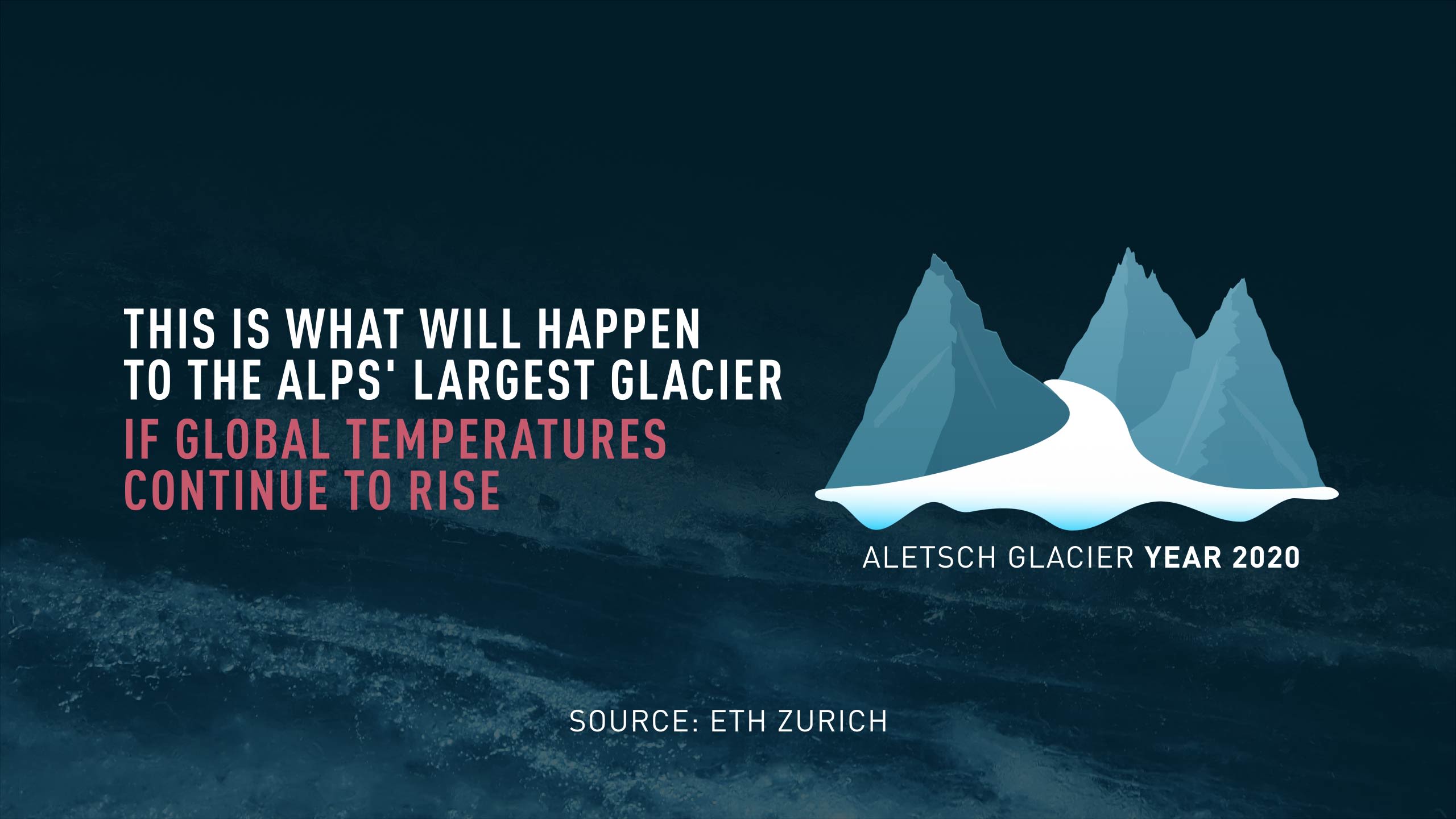
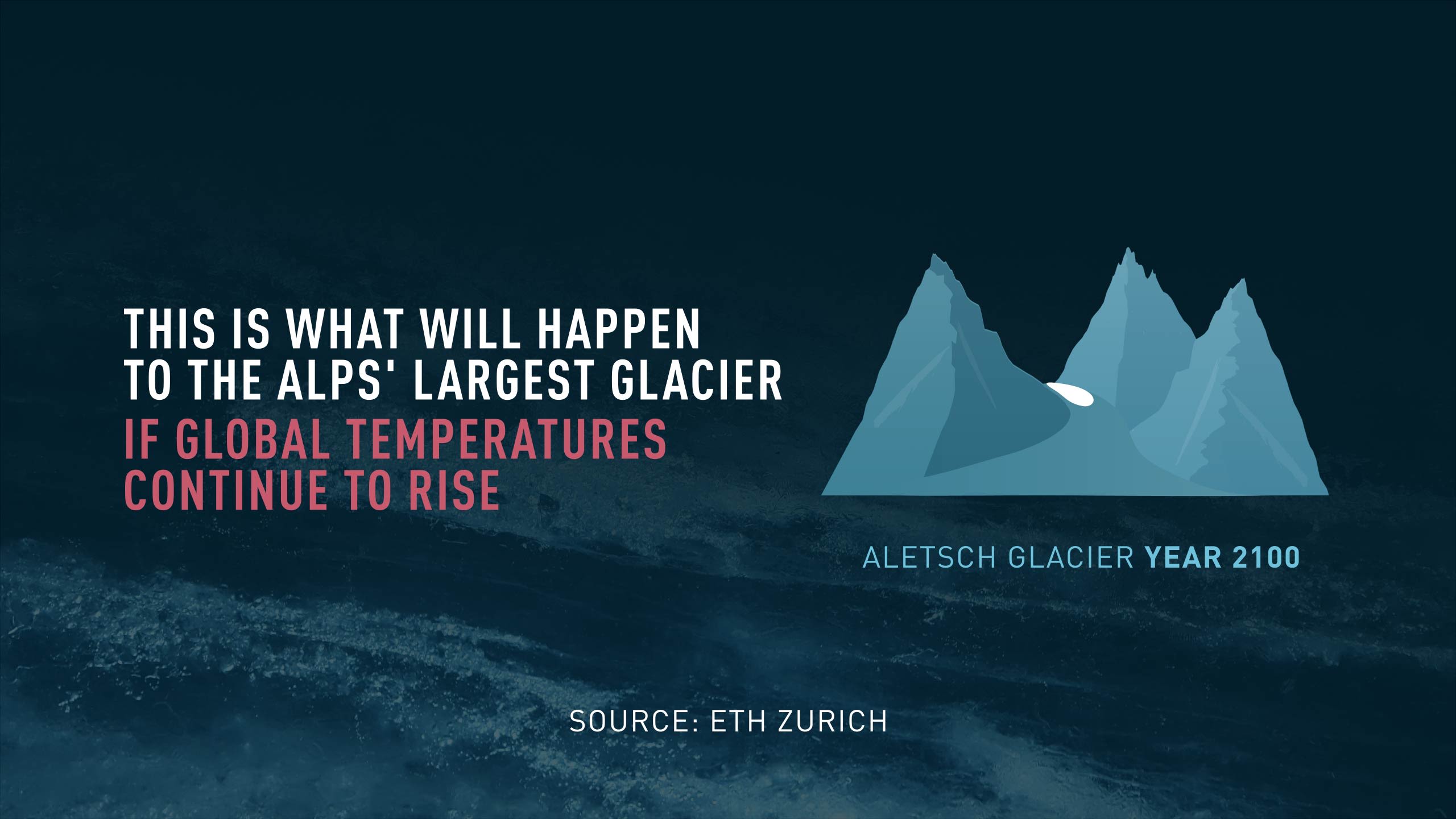

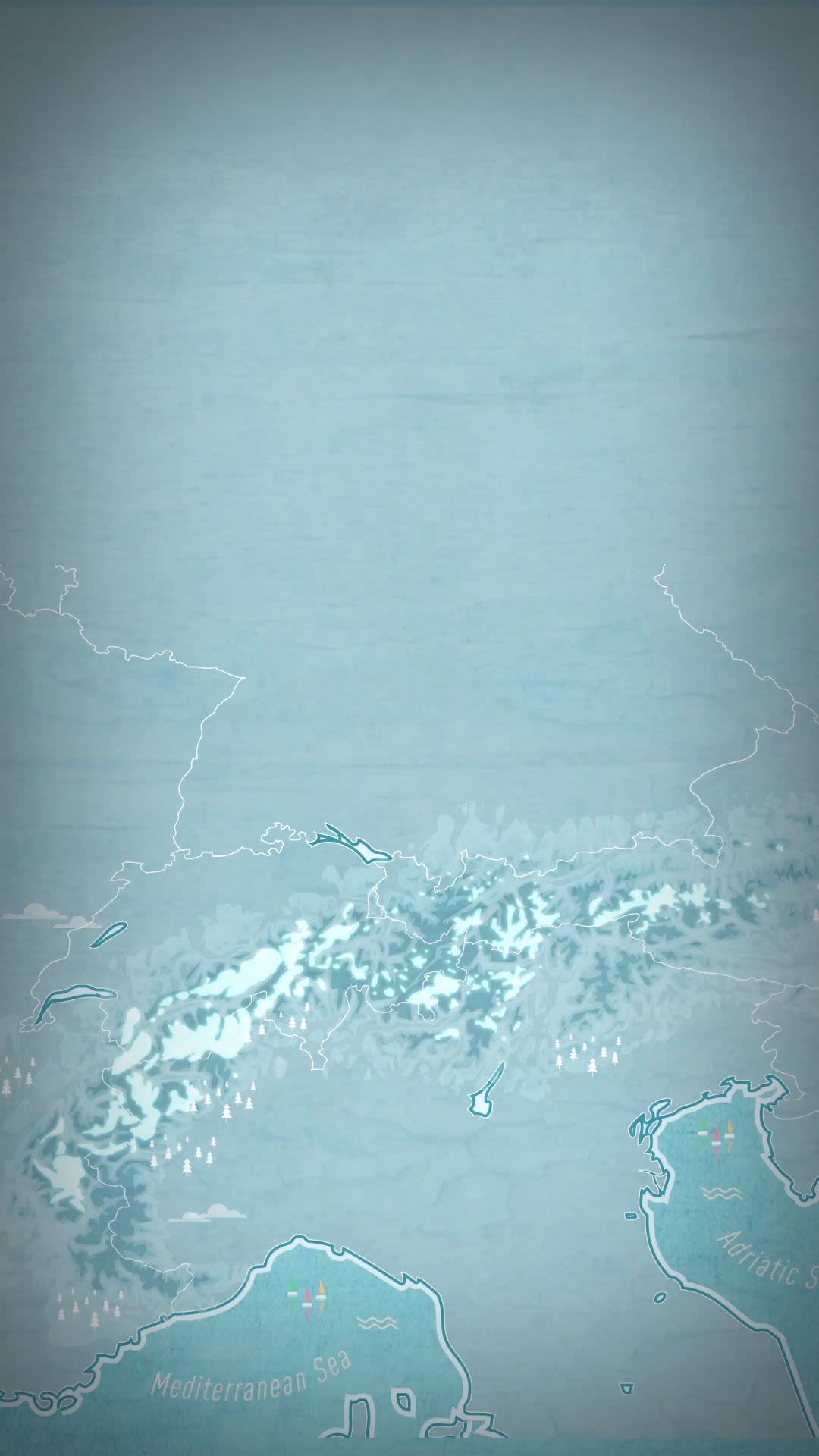
Mont Blanc 1919.
Mont Blanc 2019.
The consequences for local communities will be devastating and far reaching. The Alps' world-renowned scenery and winter sports facilities make tourism the lifeblood of the local economy – and the glaciers, once a proud part of that majestic scenery, are now losing their shine.
However, the loss of the glaciers will affect much more than just tourism. The meltwater from glaciers provides water for communities and farming as well as feeding reservoirs for hydroelectric plants – providing green energy to the region.
Global warming also presents immediate danger to the local people. As global warming melts the glaciers it also thaws the soil, causing instability that results in catastrophic rockfalls and mudslides.
Across the Alps, reports of rockfalls killing people and livestock, blocking streets and destroying infrastructure are now commonplace as millions of cubic tons of rock cascade down mountains. In August 2017, residents of Bondo, a picturesque Swiss mountain village in the shadow of the Piz Cengalo glacier, had to flee for their lives as 3 million cubic meters of rock fell towards them.
Much of the climate damage is already done. Even if carbon emissions could be eradicated immediately, two-thirds of the glaciers will still melt away by the year 2100 – so the people of the Alps are going to have to adapt.
CGTN Europe traveled to the Alps to see France's longest glacier, the Mer de Glace, which is under threat of disappearing within a generation.
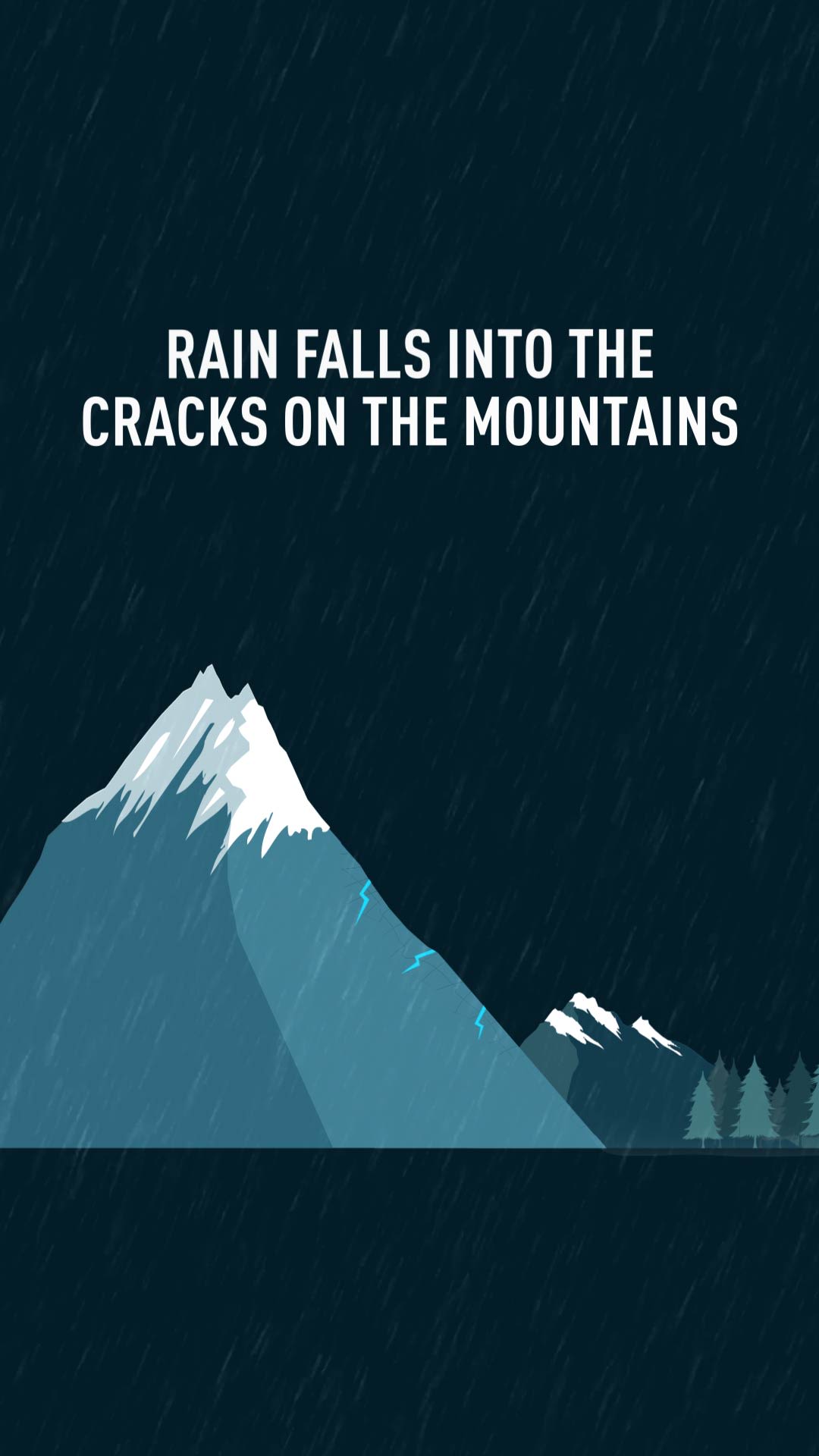
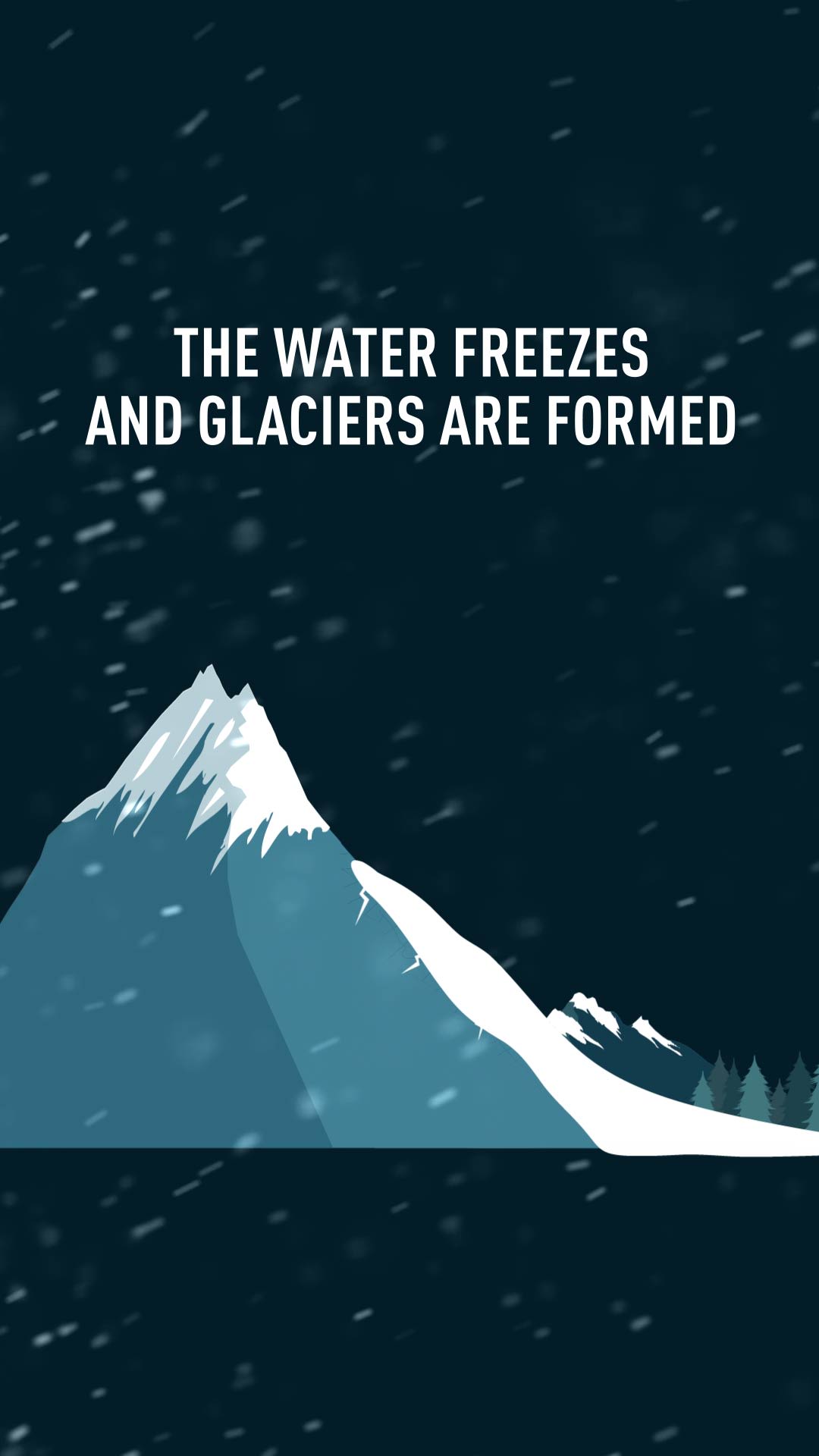
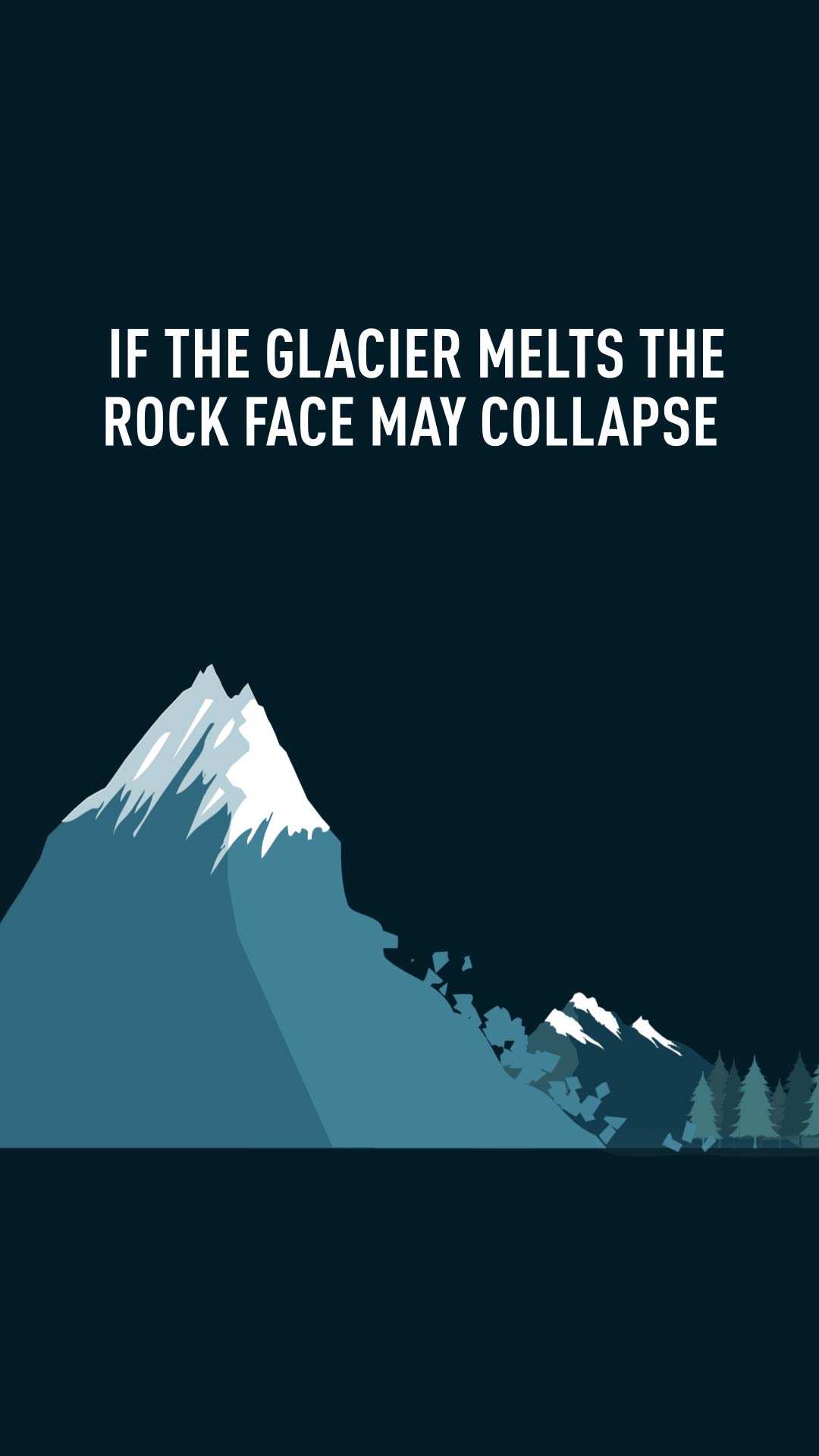
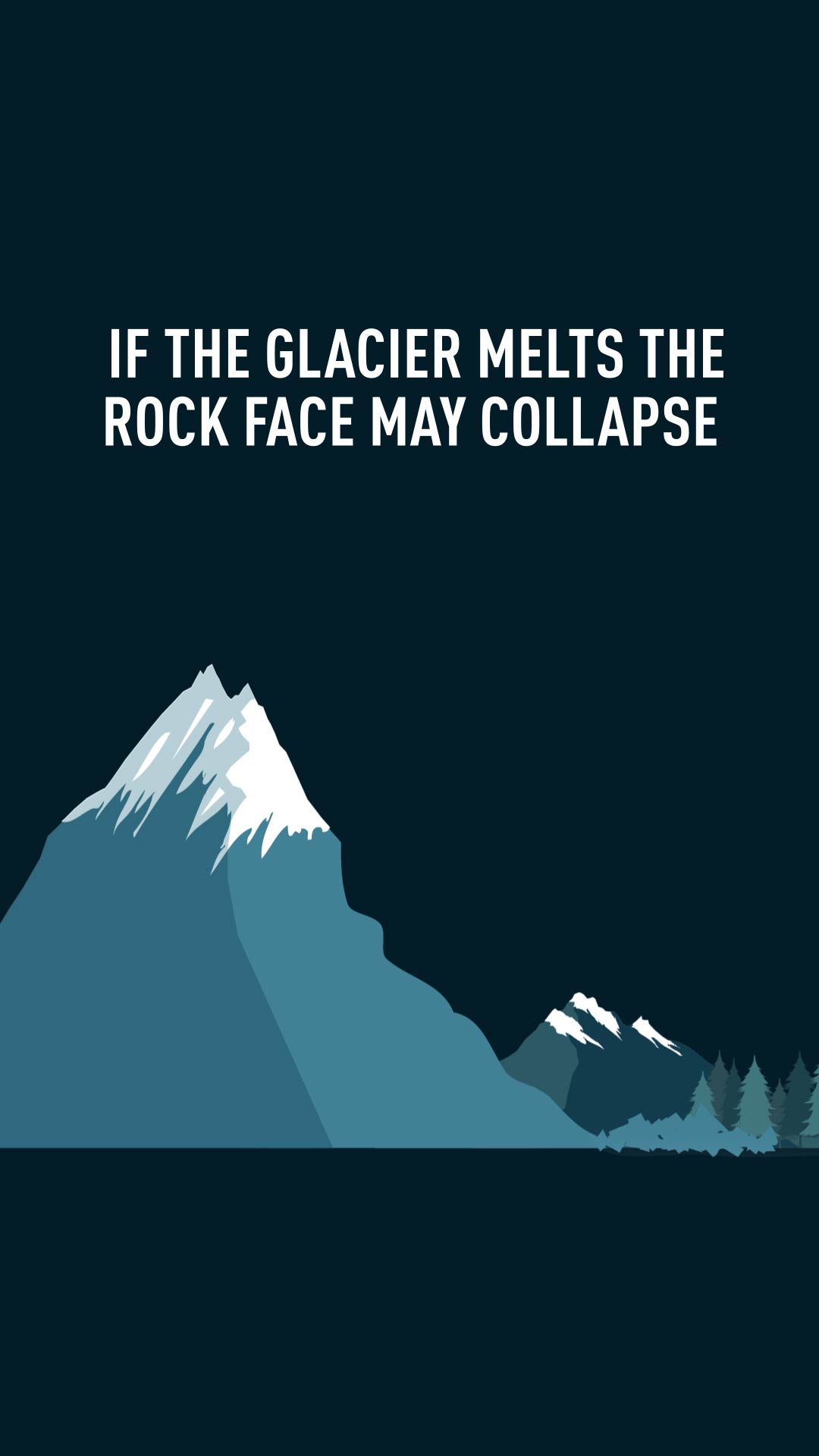
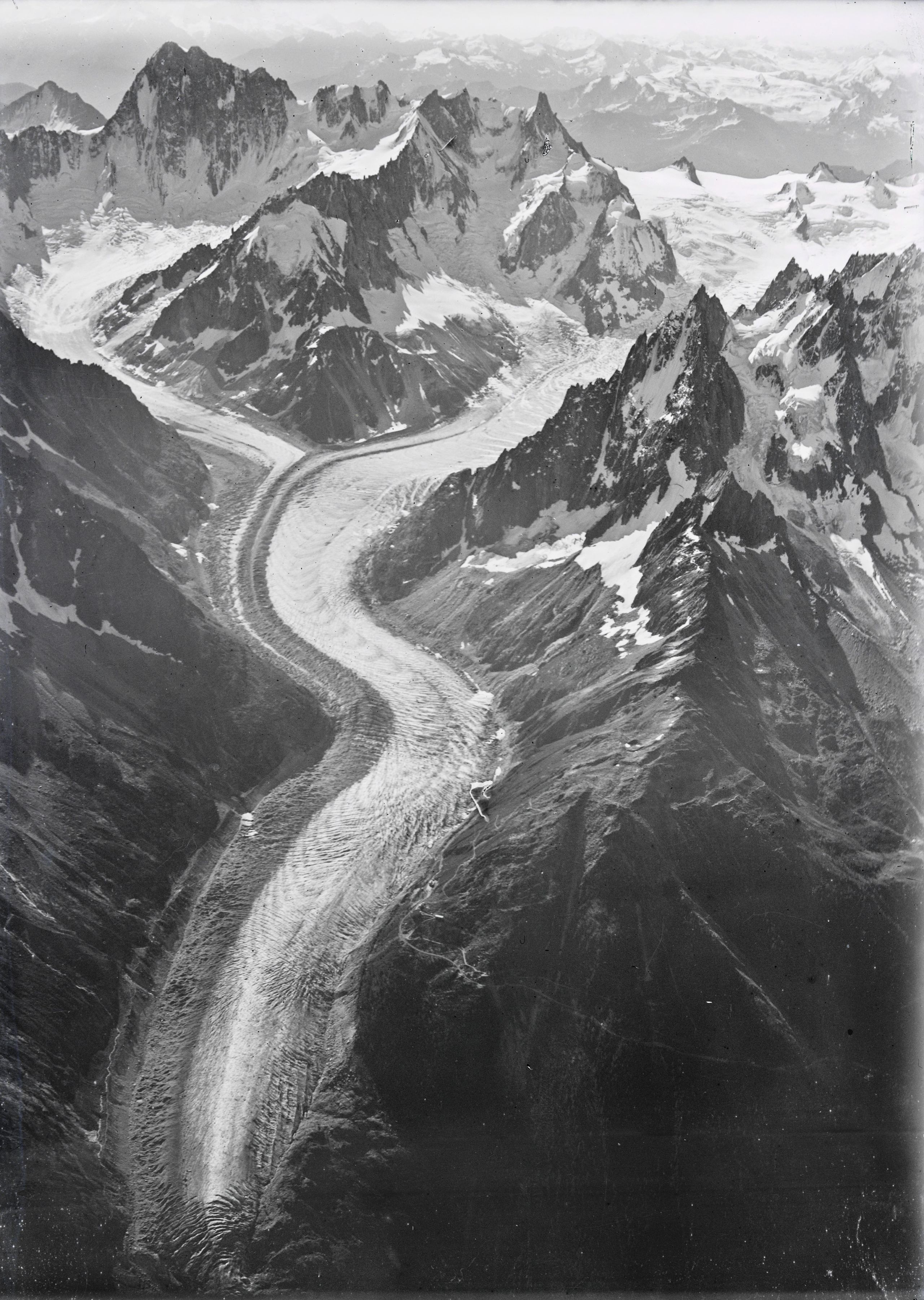
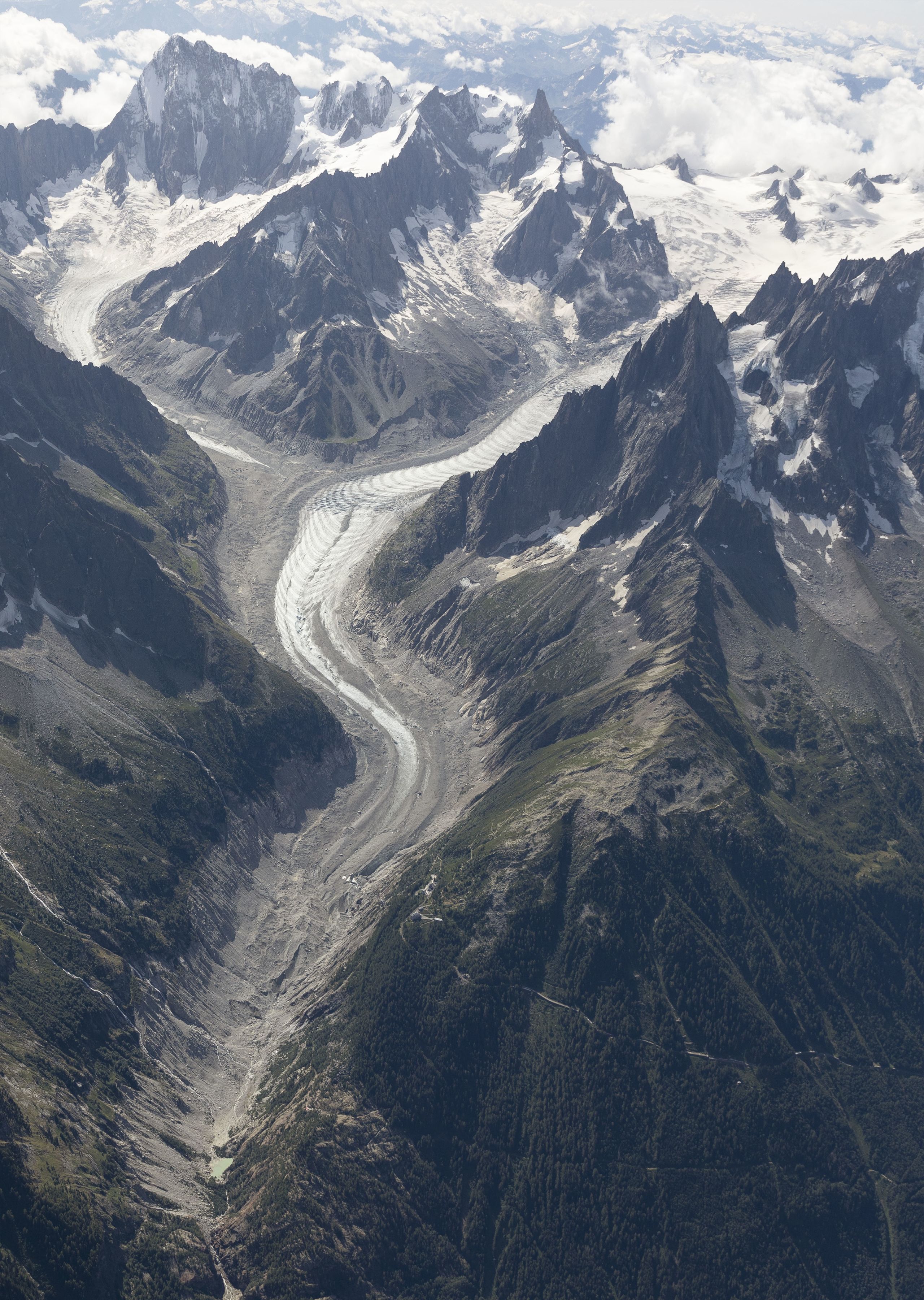
The Alps' most celebrated glacier under threat.
France's longest glacier, the Mer de Glace, is being hit hard by climate change and is melting fast.
The "Sea of Ice" is one of the biggest glaciers in the Alps…but it gets smaller every year. Tourists come to marvel at this landscape but for the scientists working here, the view is a terrible demonstration of the effects of climate change.
"The only solution is to reduce gas emissions," says Ludovic Ravanel, a glaciologist. "Even if today we stop all gas emissions, the glacier will continue to retreat for many decades. So if we want to do something for the glaciers here in the Alps, we have to have a revolution on a world scale."
There's another example of climate change here: the color of the glacier. It's not the typical tumbling blocks of blue and white ice. Rising temperatures melt the high ice holding rocks in place and Mer de Glace is covered with mountain debris.
The view is spectacular up at the glacier, with the peak of the 3,754m-high Aiguille du Dru overlooking the valley. Access is by mountain train, then cable car down to a cliff-side platform and finally hundreds of steps down the current level of the glacier.
There are signs pinned to the rocks as you descend showing where the glacier was in 1980, 2000 and 2010. It is a simple but sobering illustration of the impact of climate change.
"Every time I go there it breaks my heart," says Christian Dechavanne, the CEO of the company that runs all the Chamonix ski lifts and mountain trains. He says the situation is very serious but better education is the answer.
"The good news is, we can see that there is a demand for that. There is an expectation that wasn't there 10 years ago. Ten years ago it was like, 'ok, I can see this but don't talk to me about this – I'm on holiday.' "Nowadays, people come here to talk to the glaciologists at the top and to get the beginning of an answer."
Tourism powers much of the economy of the Alps. But while this region needs holidaymakers, the flow of visitors impacts the very beauty they come to see through erosion, energy use and greenhouse gas emissions.
There's also a push to change the make-up of the tourist community to dissuade visitors who take polluting long-haul flights and encourage more visits from those closer to home.
The melting of the glacier can't be halted but it can be slowed if action is taken to stop this turning into another dried-up valley.
The Alps' most celebrated glacier under threat.
France's longest glacier, the Mer de Glace, is being hit hard by global warming and is melting fast.
The 'Sea of Ice' is one of the biggest glaciers in the Alps… but it gets smaller every year. Tourists come to marvel at this landscape but for the scientists working here, the view is a terrible demonstration of the effects of climate change.
"The only solution is to reduce gas emissions," says Ludovic Ravanel, a glaciologist. "Even if today we stop all gas emissions, the glacier will continue to retreat for many decades. So if we want to do something for the glaciers here in the Alps, we have to have a revolution on a world scale."
There's another example of climate change here: the color of the glacier. It's not the typical tumbling blocks of blue and white ice. Rising temperatures melt the high ice holding rocks in place and Mer de Glace is covered with mountain debris.
The view is spectacular up at the glacier, with the peak of the 3,754m-high Aiguille du Dru overlooking the valley. Access is by mountain train, then cable car down to a cliff-side platform and finally hundreds of steps down the current level of the glacier.
There are signs pinned to the rocks as you descend, showing where the glacier was in 1980, 2000 and 2010. It is a simple but sobering illustration of the impact of climate change.
"Every time I go there it breaks my heart," says Christian Dechavanne, the CEO of the company that runs all the Chamonix ski lifts and mountain trains. He says the situation is very serious but better education is the answer.
"The good news is we can see that there is a demand for that. There is an expectation that wasn't there 10 years ago. Ten years ago it was like, 'ok, I can see this but don't talk to me about this – I'm on holiday.' Nowadays, people come here to talk to the glaciologists at the top and to get the beginning of an answer.”
Tourism powers much of the economy of the Alps. But while this region needs holidaymakers, the flow of visitors impacts the very beauty they come to see through erosion, energy use and greenhouse gas emissions.
There's also a push to change the make-up of the tourist community to dissuade visitors who take polluting long-haul flights and encourage more visits from those closer to home.
The melting of the glacier can't be halted but it can be slowed if action is taken to stop this turning into another dried-up valley.


As glaciers disappear, they don't just diminish the beauty of the area: they reduce its capacity to cleanly generate power. There are around 500 hydroelectric power plants dotted across the Alps, supplying communities with green energy. This source derives from damming meltwater from the surrounding glaciers – a resource that is threatening to dry up as the glaciers disappear.
Scientists are now being engaged not just to solve the problem of melting glaciers, but to gauge how long the local hydroelectric plant can keep the lights on.
CGTN Europe traveled to Osnabrücker Hütte by the Ankogel Gruppe glacier in Austria to meet the scientists hoping technology can better inform them of the climate-change threat. For decades they have logged glacier size with tape measures, but now new technologies are being applied.
"This is a laser scanner, and right now it is measuring itself via its GPS: it turns to determine its position," explains Alexander Prokop, professor of snow and avalanche science at the University Centre in Svalbard.
"But this is only a rough measurement. We then use fixed points with a differential GPS to determine the position even more accurately. We will make about 20 million points and this will result in a nice 3D terrain model."
The new technology allows for much better mapping of glacier melt – and therefore much better analysis of future trends.
"We have now spent the whole week recording reference points for laser and photogrammetry, in the whole area around the Kölnbreinspeicher reservoir power plant," says Corinna Katzler, geographic information system specialist at Verfahren Umwelt Management.
"It is not yet clear how much water flows from the glacier into the power plant. To find out, we will try to photograph the glacier with a drone this year and document the change or decrease over the next years to determine when the water will stop flowing – when there will be no glacier and no more meltwater.
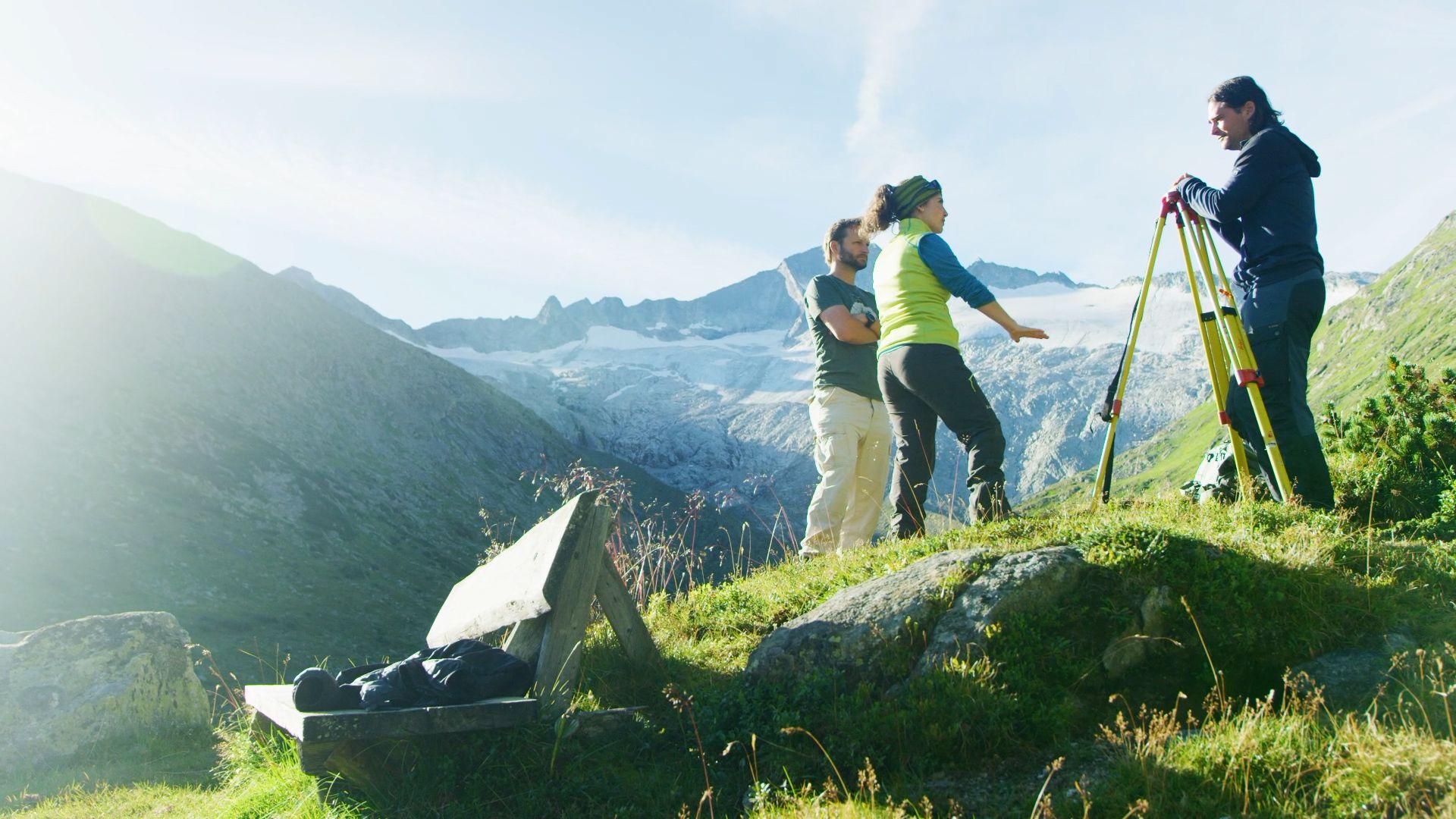
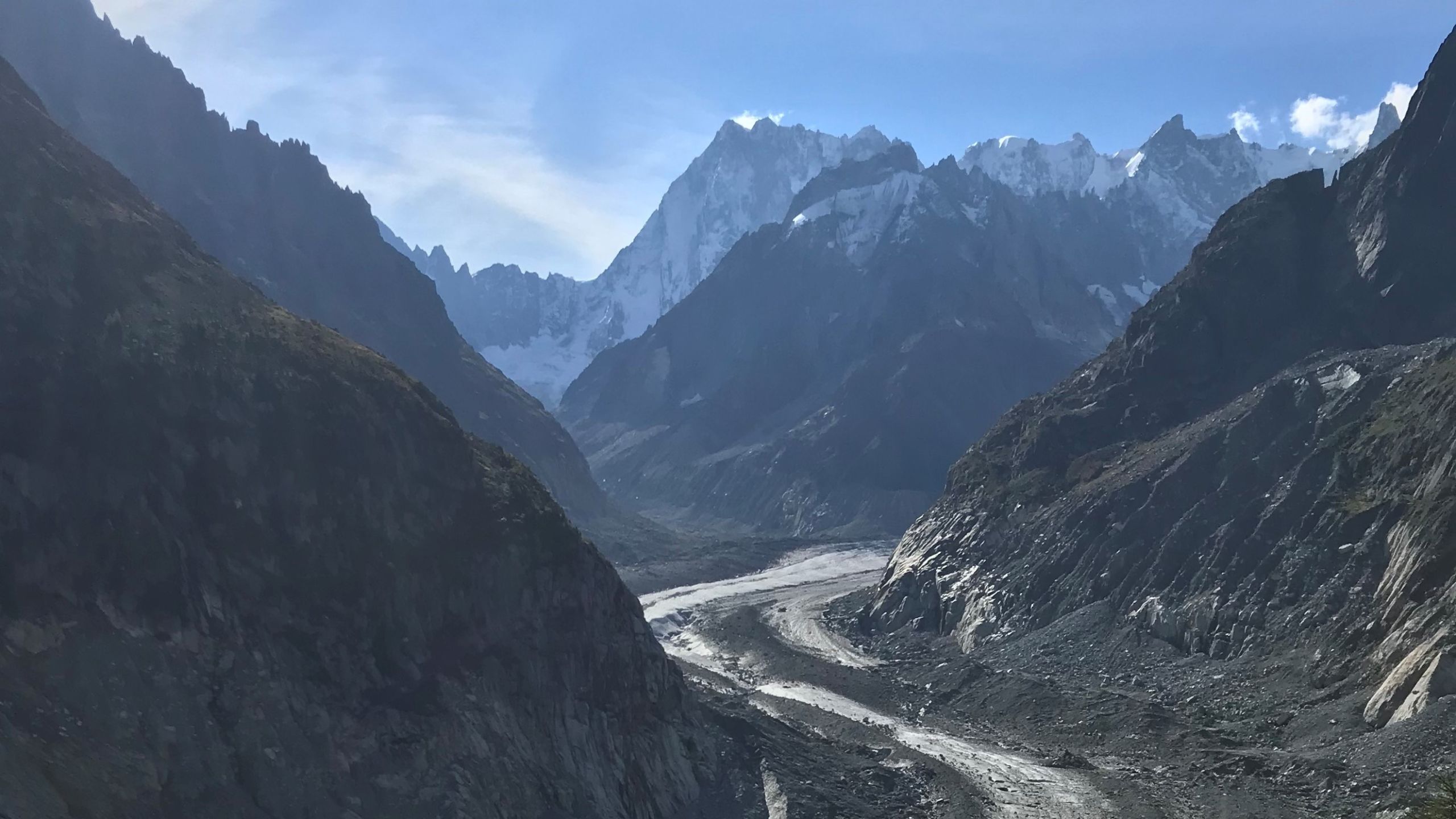
As glaciers disappear, they don't just diminish the beauty of the area: they reduce its capacity to cleanly generate power. There are around 500 hydroelectric power plants dotted across the Alps, supplying communities with green energy. This source derives from damming melt water from the surrounding glaciers – a resource that is threatening to dry up as the glaciers disappear.
Scientists are now being engaged not just to solve the problem of melting glaciers, but to gauge how long the local hydroelectric plant can keep the lights on.
CGTN Europe traveled to Osnabrücker Hütte by the Ankogel Gruppe glacier in Austria to meet the scientists hoping technology can better inform them of the climate-change threat. For decades they have logged glacier size with tape measures, but now new technologies are being applied.
"This is a laser scanner, and right now it is measuring itself via its GPS: it turns to determine its position," explains Alexander Prokop, professor of snow and avalanche science at the University Centre in Svalbard.
"But this is only a rough measurement. We then use fixed points with a differential GPS to determine the position even more accurately. We will make about 20 million points and this will result in a nice 3D terrain model."
The new technology allows for much better mapping of glacier melt – and therefore much better analysis of future trends.
"We have now spent the whole week recording reference points for laser and photogrammetry, in the whole area around the Kölnbreinspeicher reservoir power plant," says Corinna Katzler, geographic information system specialist at Verfahren Umwelt Management.
"It is not yet clear how much water flows from the glacier into the power plant. To find out, we will try to photograph the glacier with a drone this year and document the change or decrease over the next years to determine when the water will stop flowing – when there will be no glacier and no more meltwater."
The glacial melt also poses some bureaucratic headaches as borders between countries move with the shifting snow. Our correspondents Marco Carlone and Daniela Sestito found out more on a trip to the Italian Alps.

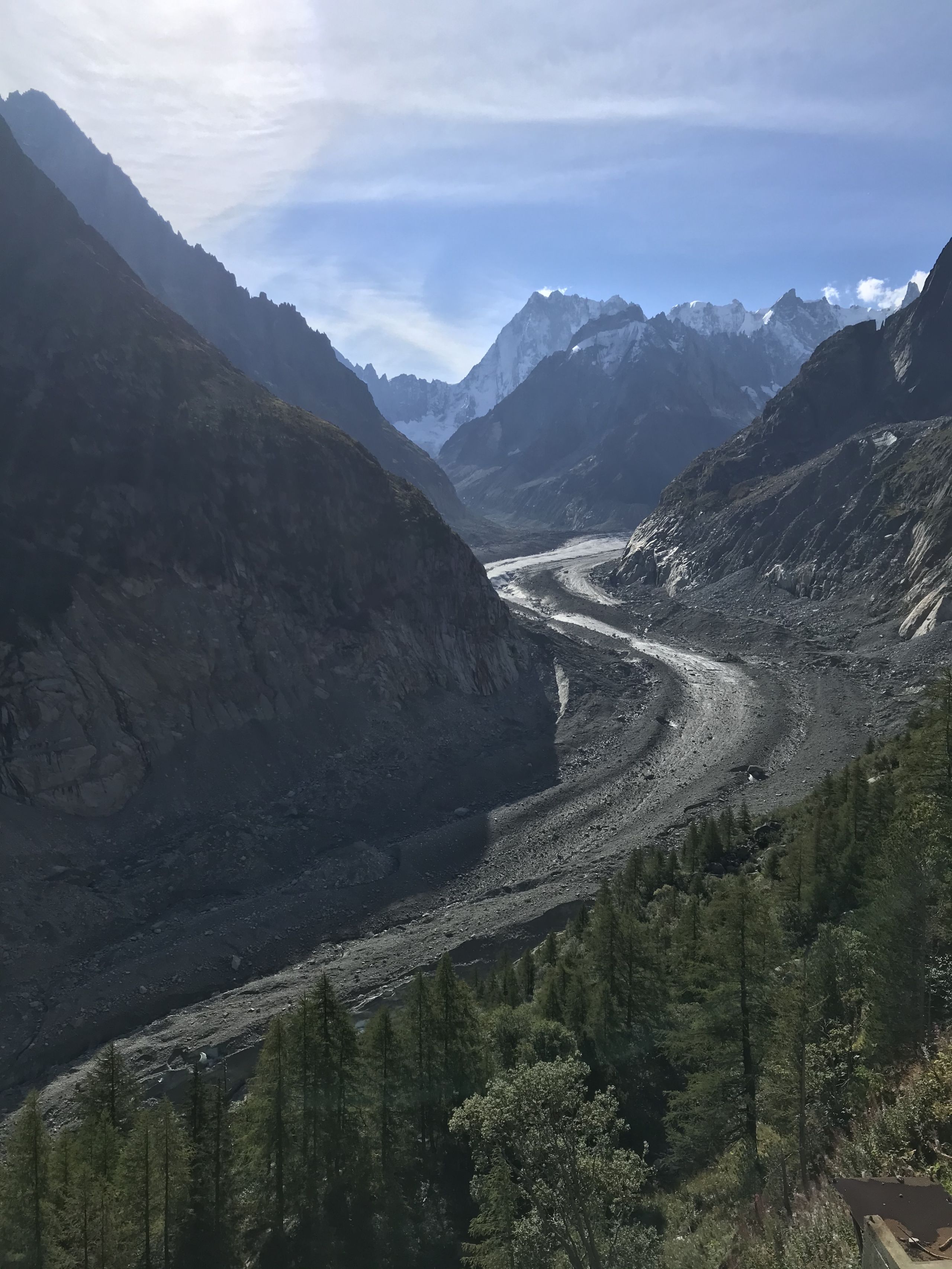
Credits:
Producers: Elizabeth Mearns & Ross Cullen. Videos by Natália Luz & Pedro Duarte. Graphics and animation by James Sandifer.
Images - Mer de Glace and Mont Blanc in 1919: ETH-Bibliothek Zürich. Images of Mer de Glace and Mont Blanc in 2019: Kieran Baxter, University of Dundee.
CGTN EUROPE 2020

